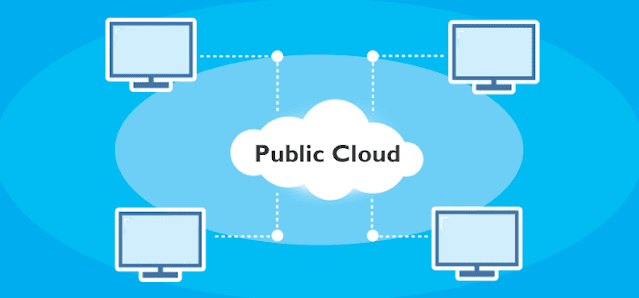Public Cloud Market by Trends, Dynamic Innovation in Technology and 2027 Forecasts
The public cloud's flexibility and scalability are especially appealing to small and medium-sized businesses that lack the resources to invest in their own on-premises infrastructure. For these companies, the public cloud is a cost-effective way to access cutting-edge technology and keep up with larger competitors. The rise of the Internet of Things (IoT) devices and big data analytics is driving up demand for Public Cloud Market. These new technologies generate massive amounts of data, which must be stored and processed somewhere, and the public cloud is frequently the most efficient option.
Cloud technologies help to automate and secure business operations. Depending on the enterprise's IT requirements, the public cloud can also handle other tasks. As a result, public cloud has become a viable solution that is increasingly preferred, driving market growth. Furthermore, the growing use of cloud-based applications for data storage in a growing number of businesses is a major driving force behind the Public Cloud Market Growth. The scope of cloud offerings and capabilities is constantly expanding across various sectors, with many users around the world sharing resources on the cloud while maintaining the privacy of their shared data. Furthermore, enterprises all over the world are increasing their spending on public cloud services. Growing IT spending, in turn, increases public cloud adoption, resulting in higher returns.
Cloud automation is driving market growth by meeting business needs while delivering services quickly. On the other hand, associated risks such as private information leakage, data theft, and data misuse are major impediments to the public cloud market's growth, limiting the adoption of cloud-managed services. Cloud computing, services, organization size, industry, and regions are all covered in the Public Cloud Market report. Cloud computing is divided into several sub-segments, including cloud infrastructure, cloud communication platforms, cloud access security, high-performance computing, cloud billing, and others. The service segment is divided into IaaS, SaaS, PaaS, and other sub-segments.




Comments
Post a Comment